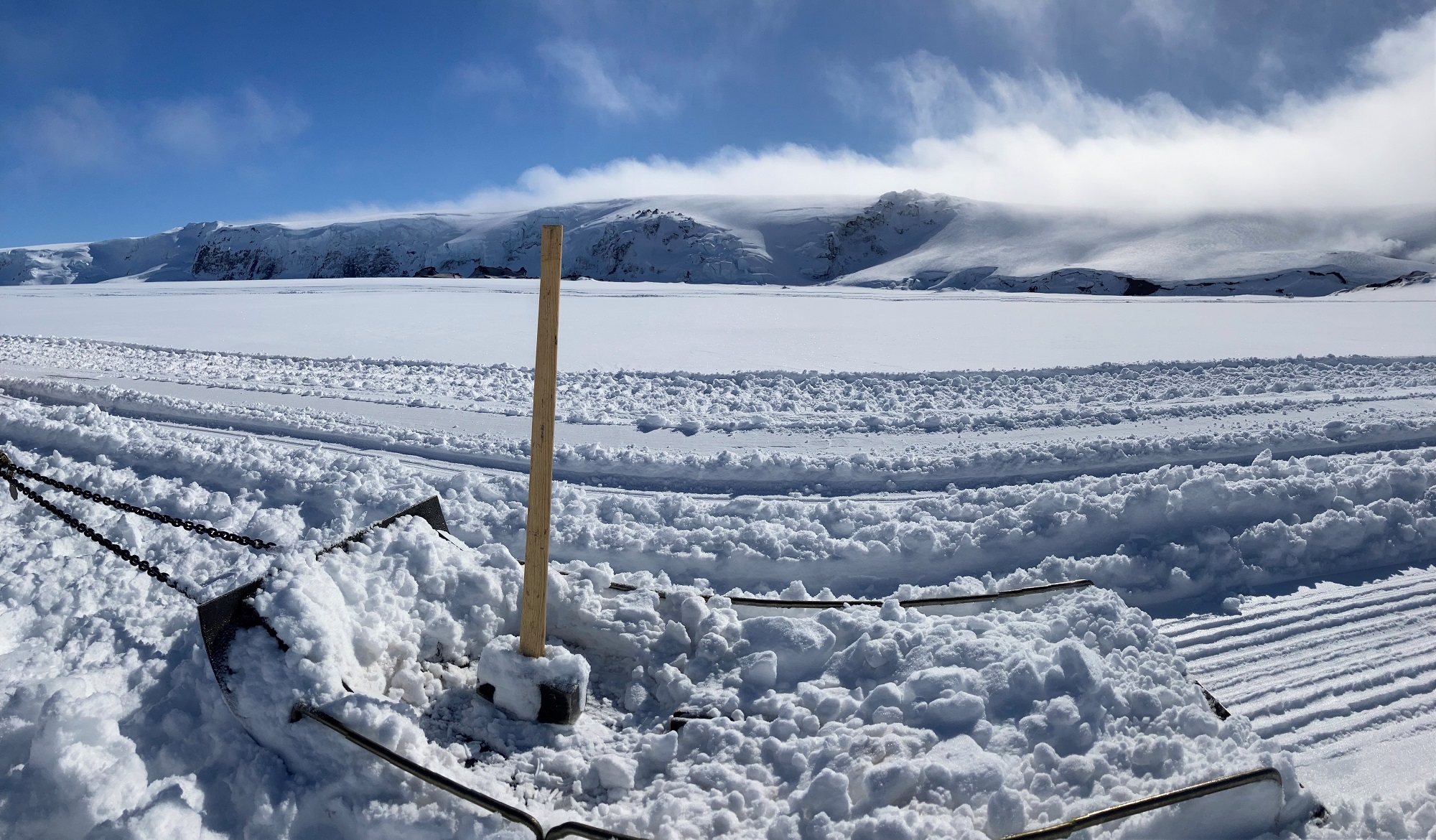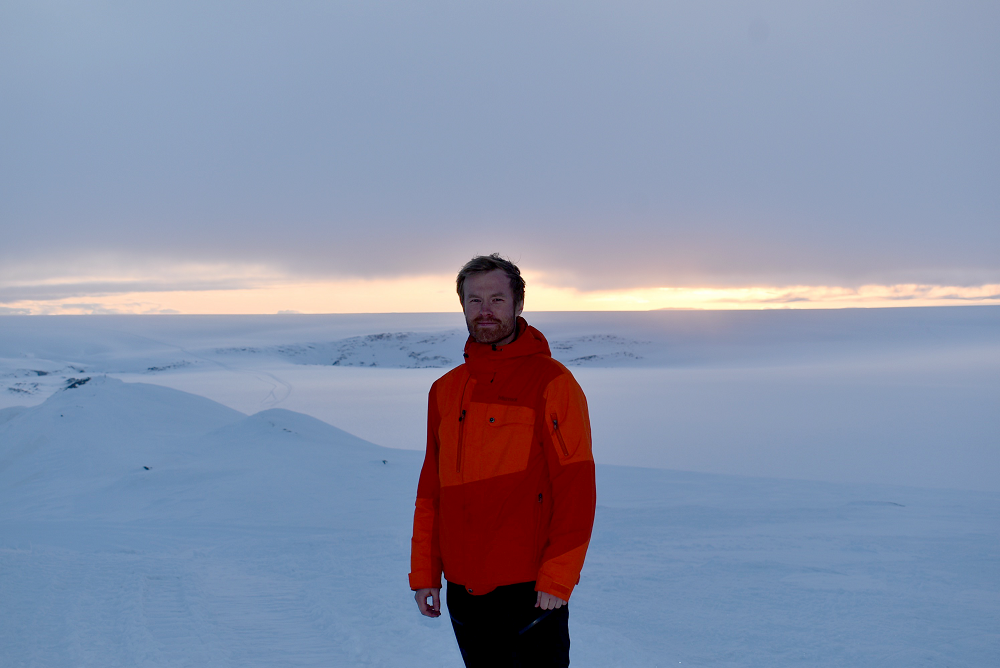Iceland’s most active volcano, Grímsvötn, lies beneath the Vatnajökull icecap, Europe’s largest glacier. Its extreme and remote environment limits the data that can be collected. However, with Distributed Acoustic Sensing (DAS), an emerging technology in the field of geophysics, we can study the volcano in unprecedented detail.
We are Sara and Sölvi, doctoral candidates who use seismology to gain insight into the hidden subsurface structures of Earth. Sara is researching the potential of DAS for monitoring volcano hazards, and Sölvi is using large-scale inversions to obtain a global model of our planet.
We had an idea that could revolutionise our understanding of the volcano.
But first, we had to get there.





